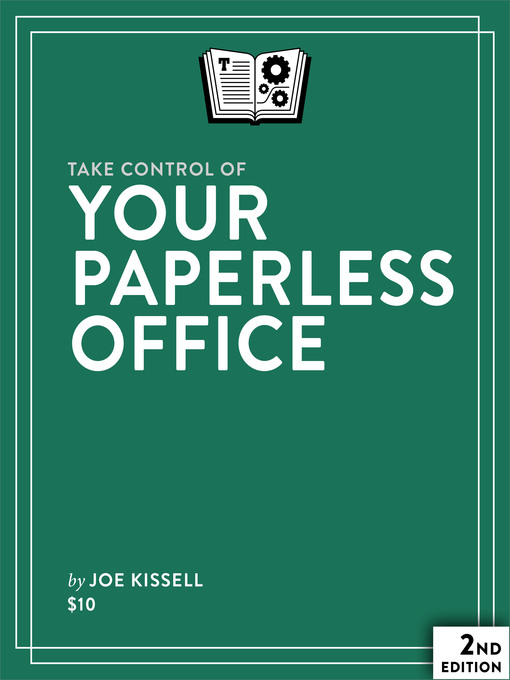Digitize your documents while cutting back on incoming and outgoing paper!
Updated June 5, 2014
Join Joe Kissell as he helps you clear the chaos of an office overflowing with paper. With Joe's guidance you can develop a personal clean-up strategy and choose your Mac-compatible tools—a document scanner and the software you need to perform OCR (optical character recognition), devices and services for storing your digitized documents, and tools to categorize, locate, and view your digital document collections. Once you have your gear in hand, Joe shows you convert your paper documents to digitized files and gives you ideas for how to organize your office workflow, explaining how to develop the day-to-day techniques that reduce the amount of time you spend pressing buttons, launching software, and managing your digitized documents.
In addition to all of the above, Joe clues you in to these paper-reducing skills:
The book answers numerous questions, including:

